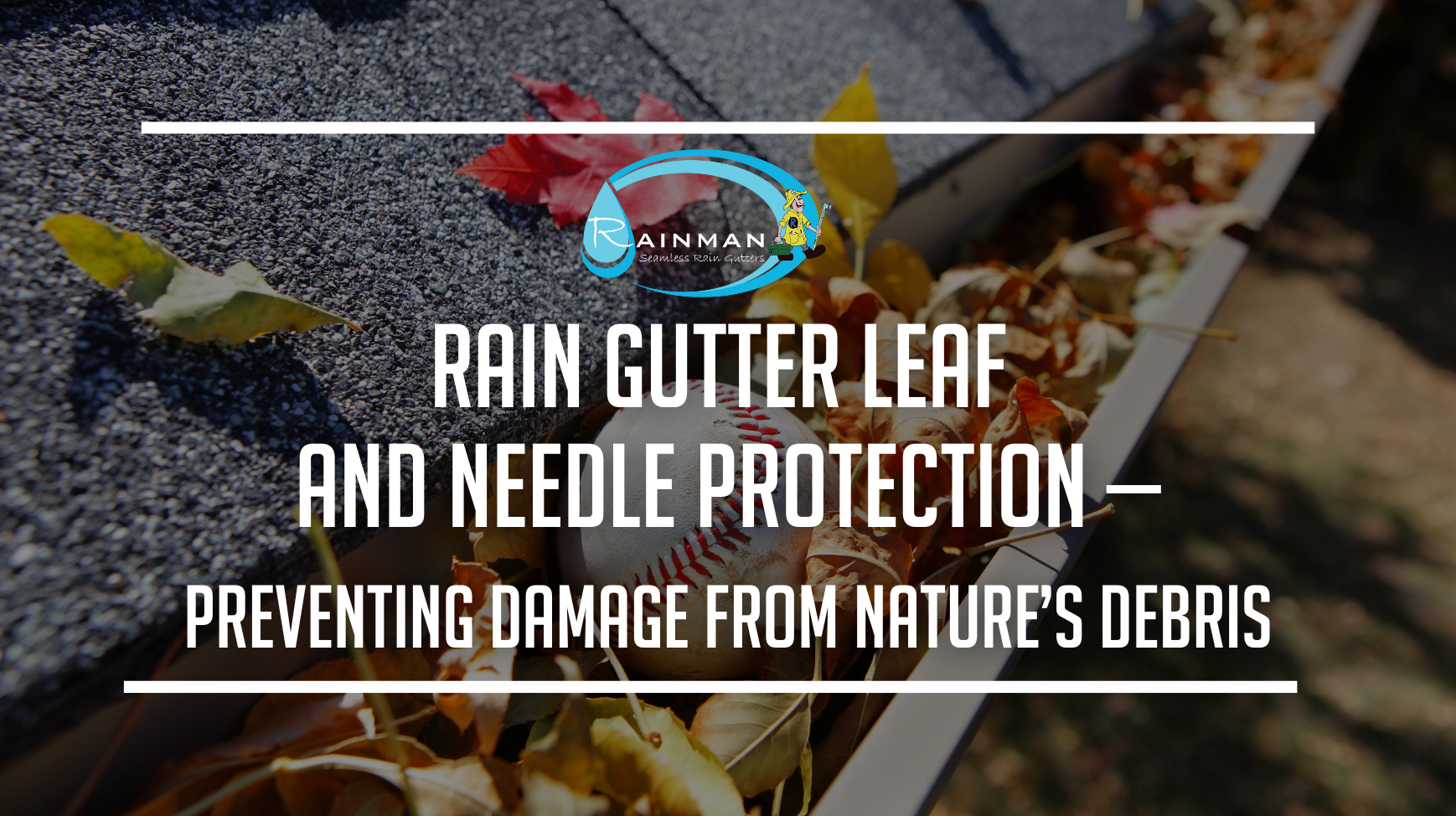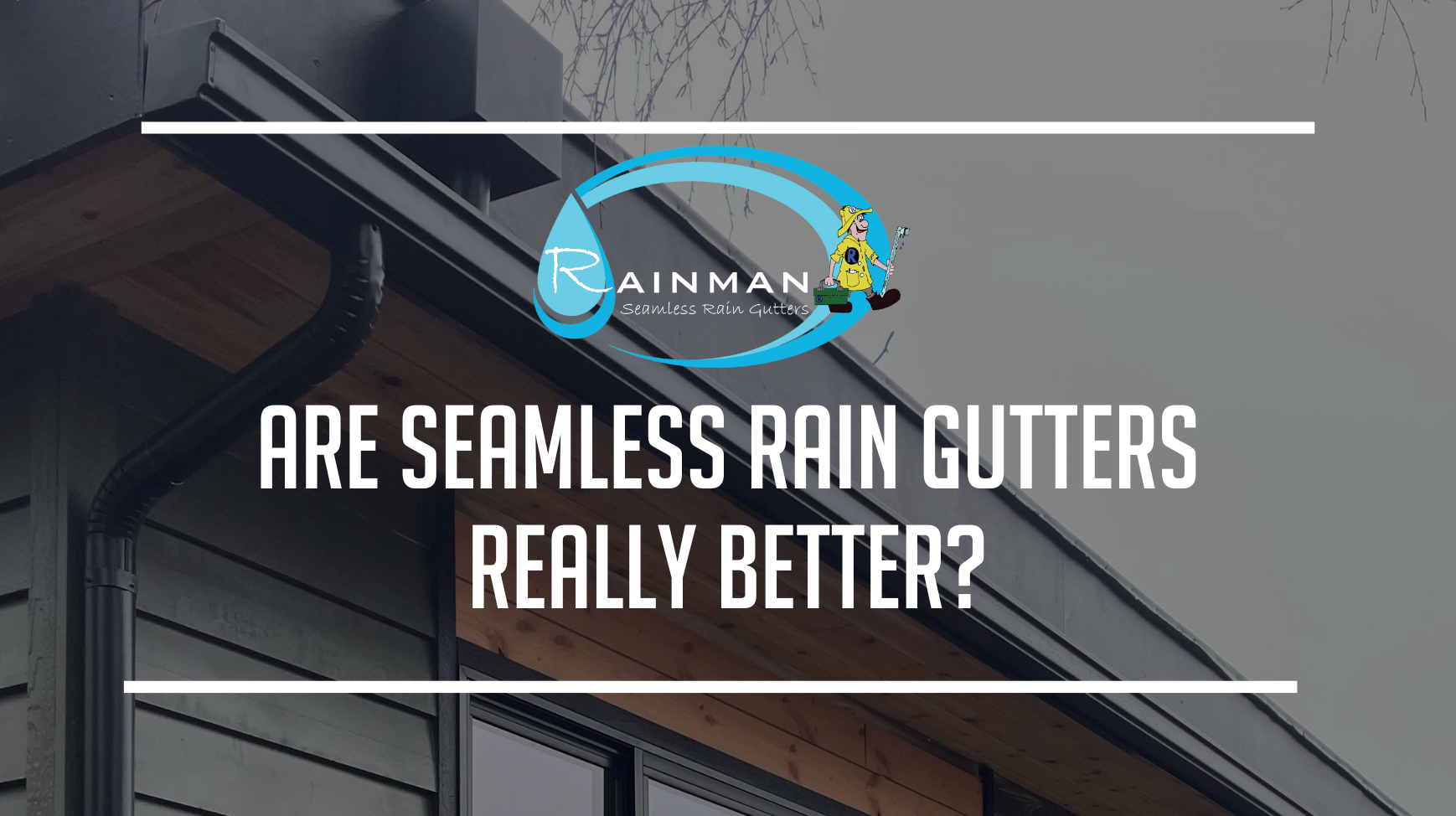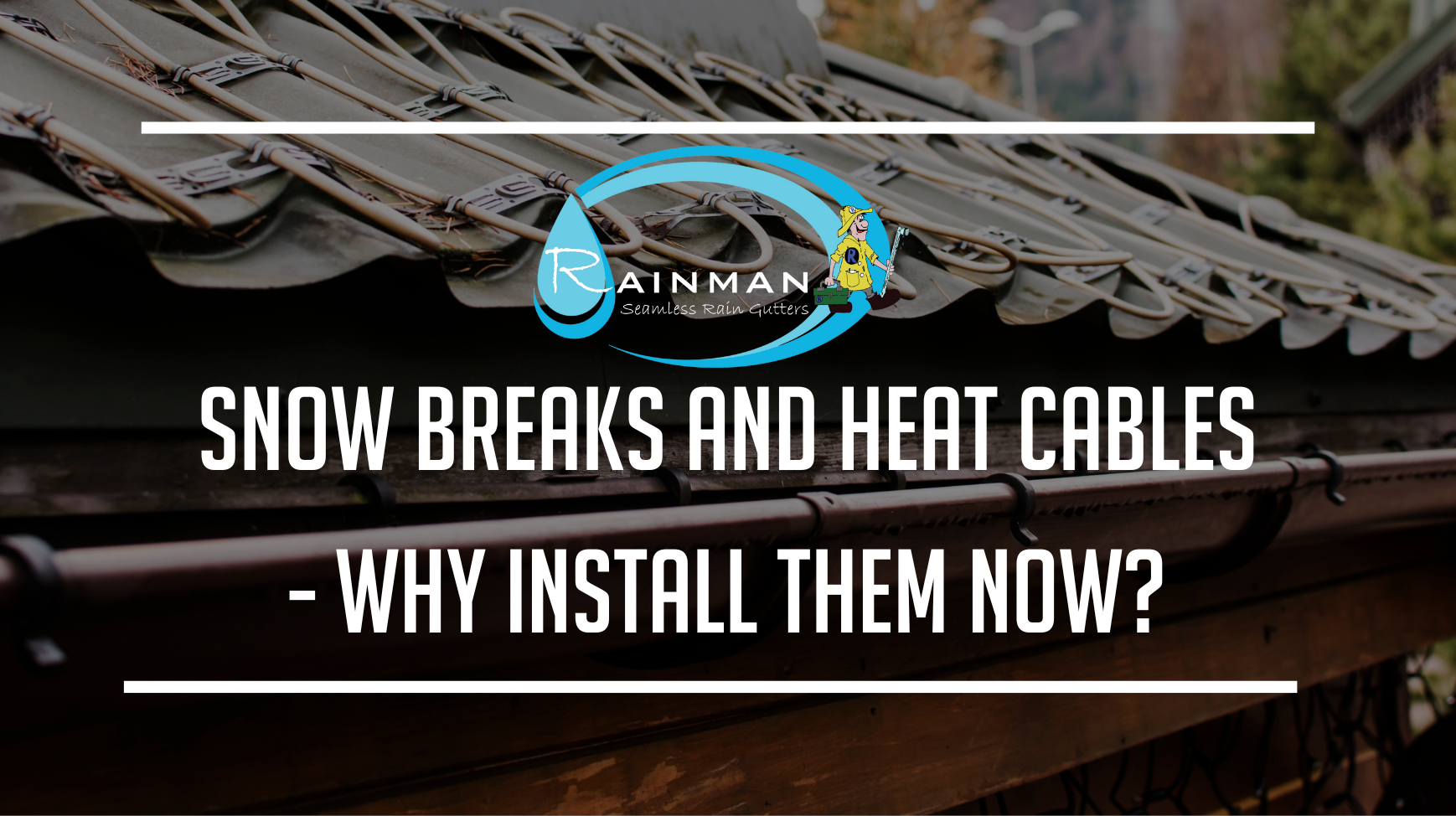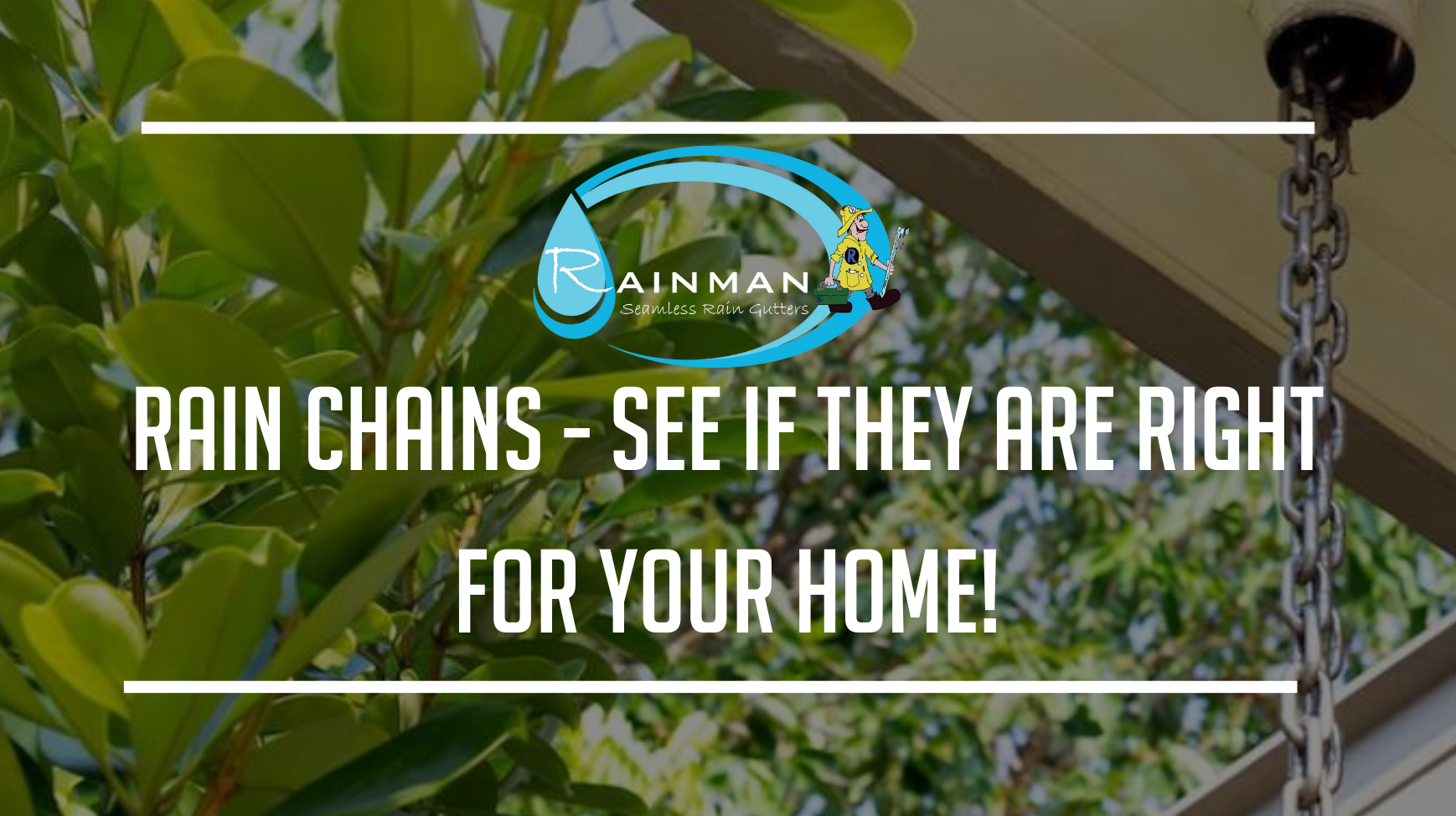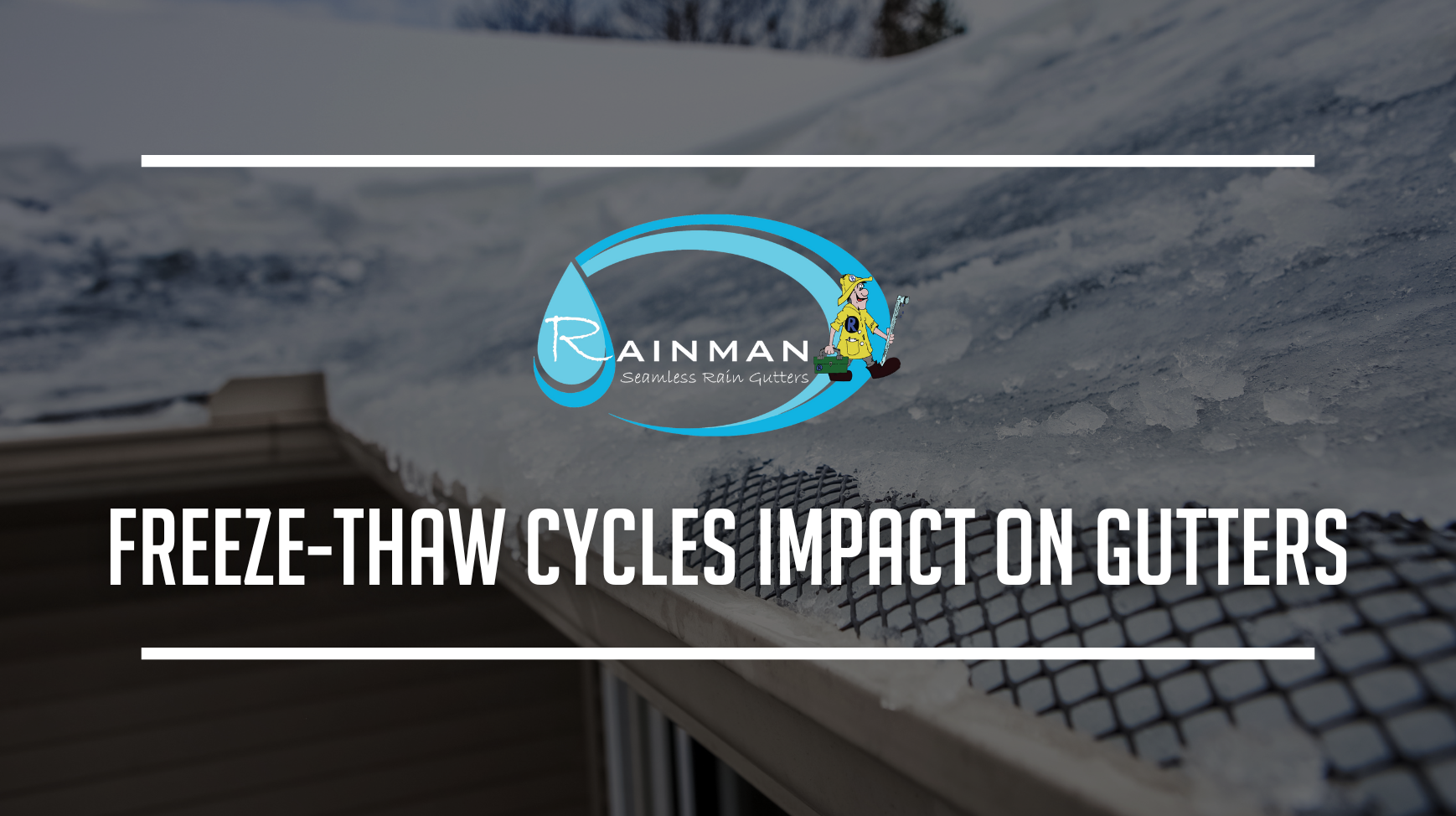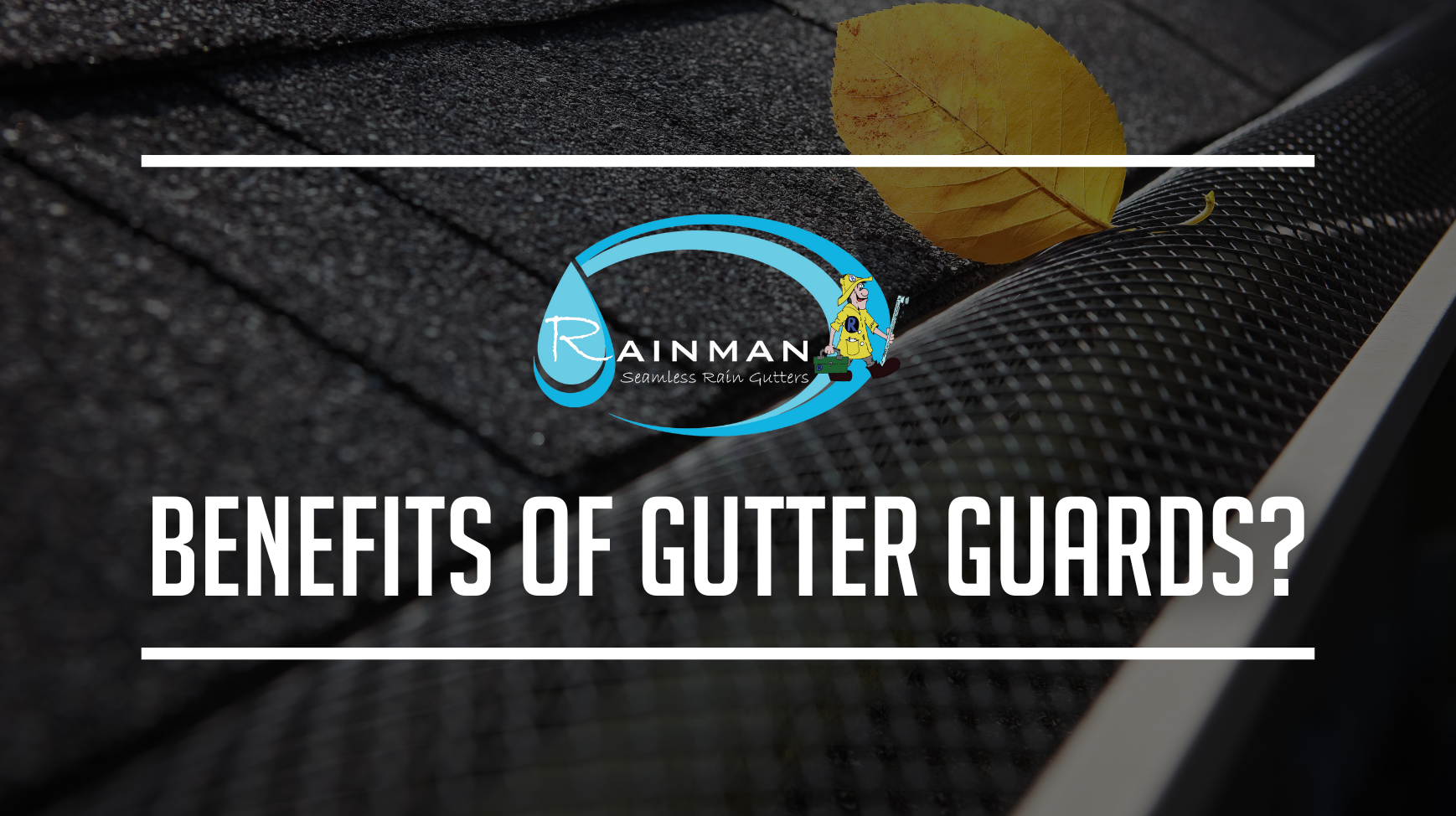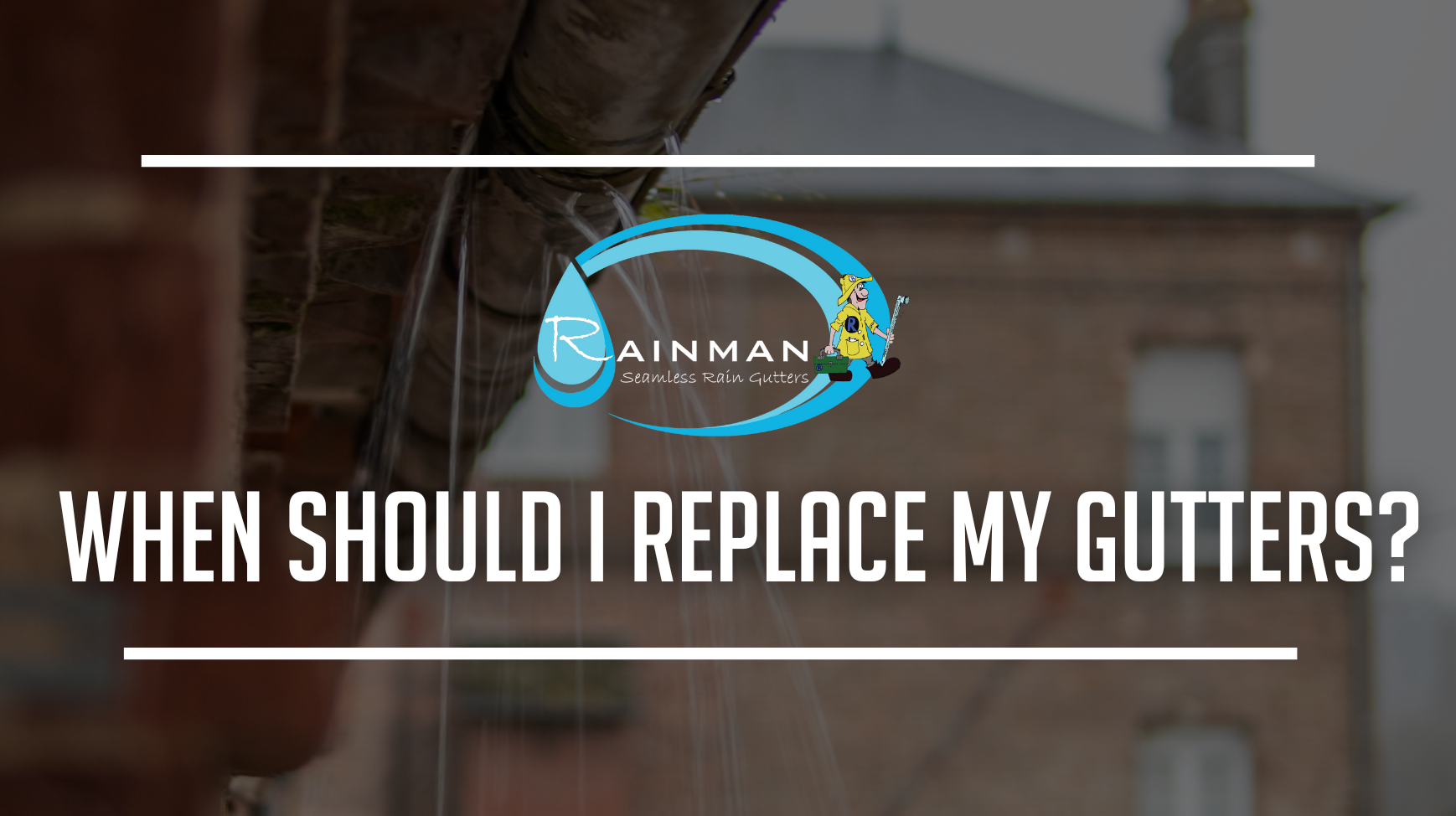Seamless Gutters vs. Traditional Gutters
If you’re a homeowner living in an area that is prone to rain or snow, chances are, you have thought about your gutters. Though gutters that are well maintained can last many years, they certainly do not last forever. When it comes time to replace your gutters, most homeowners will face the great question of “Seamless gutters? Or Traditional gutters?” Learn all about seamless v. traditional gutters right here!
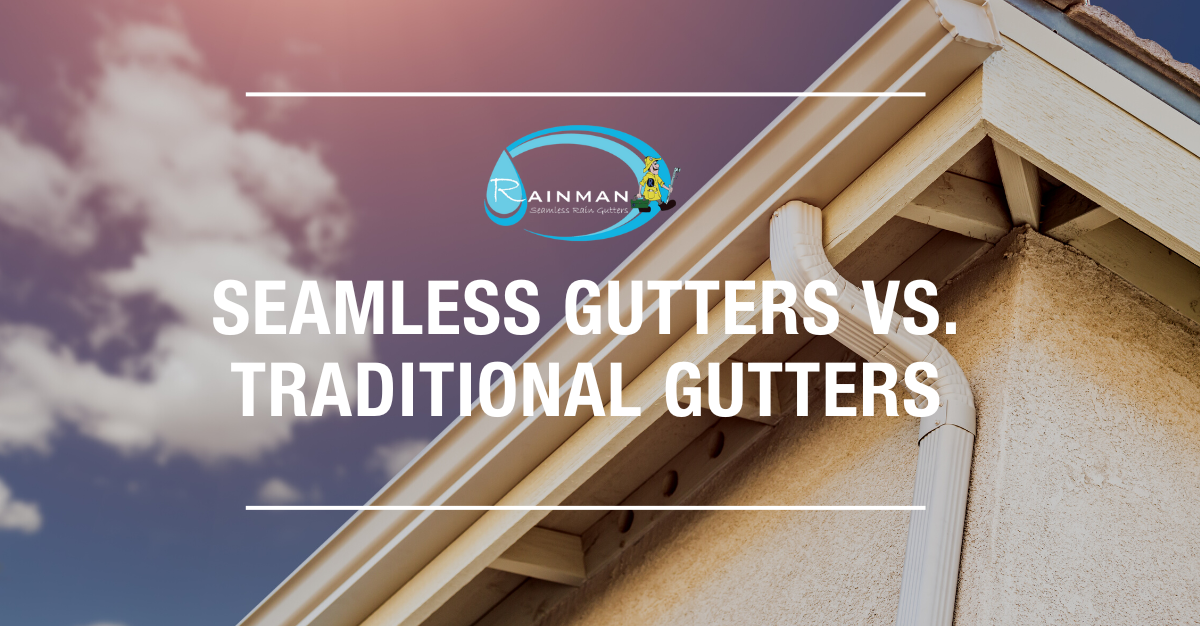
Traditional Gutters & Seamless Gutters
Traditional gutters are popular for Do-It-Yourself (DIY) installation. These prefabricated gutters come in 10’-20’ long sections, attached together with connectors and caps, with droplet outlets intersecting with downspouts. In other words, traditional gutters come with pre-cut pieces that attach together in a sequence.
Seamless gutters, also called continuous gutters, are custom-made to fit the house. They are not DIY friendly like sectional gutters, so this will require an expert to make them onsite, typically using a portable rollforming machine, and professionally install them. As a result, they can be more costly than traditional gutters.
DIY Traditional Gutter Installation
A DIY gutter project may sound easy to you as a homeowner—simply nailing gutter sections to the fascia board of your home. Easy, right? While installing traditional gutters can be a DIY project, it requires a lot of planning and will require some additional investment on your end as a homeowner. You’ll need to sufficiently understand the following:
· The length of the gutter run and where the downspouts will be set.
· Where the water needs to flow to protect the house and property.
· How to inspect fascia and soffit for rot (removal and replacement may be necessary).
· The best gutter profile and material for your climate and situation.
· Where and how to install hangers along the roofline.
· How to use a hacksaw or tin snip to cut the lengths to size.
· How to notch the gutter.
· How to attach the gutter sections with hangers and screws or rivets.
· How to properly apply a sealant to seal the joints and connections.
· How to make repairs or replace gutter sections if they become damaged.
You are also urged as the homeowner to review any local building codes to make sure you’re in compliance. In short, you should have some basic knowledge of working with roofing materials and how the water can best flow away from your home. You may realize it takes more than just a hammer and nails to install traditional gutters.If you think you're getting over your head, Rainman Seamless Rain Guttersis here to help.
Pros and Cons of Traditional Gutters & Seamless Gutters
Pros
As mentioned, traditional gutters are common for DIY installation. They can be cut with a saw to fit any house. Also, they come in a variety of materials, including aluminum, vinyl, stainless steel, and copper—and are offered in a wide range of colors.
DIY kits are affordable and can be easy to install, depending on the gutter material and your skillset as a homeowner. The kits only come in half-round and K-style gutters, so homes built without fascia boards will require professional installation.
As it pertains to seamless gutters, because they are seamless, they are less likely to suffer leakage or storm damage. This means they can better protect the structure and property. Also, due to their durability, seamless gutters will outlast traditional gutters often by decades.
Cons
Wherever you have seams you’ll probably have leakage. Because traditional gutters are connected by joints, there will likely be more water leaking through. Also, debris is prone to get caught in the seams, which increases the likelihood of damage.
Traditional gutters require frequent maintenance with repairs and replacing damaged sections, as they don’t hold up as well in severe storms, they can separate at the seams. Traditional gutters last 10-15 years, compared to seamless gutters which can last anywhere from 25 to 100 years, depending on the material.
Aesthetically, traditional gutters are not as attractive as seamless gutters because they can sag at the seams, therefore lacking the sleekness of a seamless gutter. As mentioned, seamless gutters cost more. Remember that they can’t be purchased directly as they are custom-made and installed professionally.
source: Seamless Gutters vs. Traditional: What Your Customers Need to Know (newtechmachinery.com)

